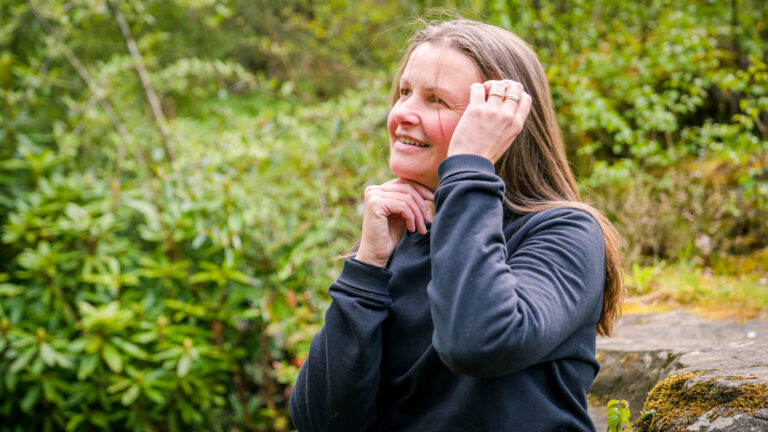Saurkraut Fiber Points 2+
Never in my life did I think I would like sauerkraut… But here I am, having it every single day! I learned from the best in the business Janice Clyne of Be Nourished By Nature. I highly recommend you check out her workshops to learn all the different ways you can ferment food.
Since learning about the benefits and hearing about a study where just introducing sauerkraut (or fermented foods generally) to your daily food intake and the health benefits, especially if you have a chronic health condition can dramatically improve your health.
About 2 years ago, I read all about the fiber benefits and started really upping my fiber game (I have been teaching you about that through these emails) BUT fermented foods is where the real change happens. The study compared increasing fiber versus introducing fermented foods… You can read the paper here https://www.cell.com/cell/fulltext/S0092-8674(21)00754-6?_returnURL=https%3A%2F%2Flinkinghub.elsevier.com%2Fretrieve%2Fpii%2FS0092867421007546%3Fshowall%3Dtrue
My personal experience has been, it’s been a game changer. No doubt about it.
Saurkraut is really simple to make and as I learned from Janice, there are loads of different ways you can flavour it to boost the diversity and increase the taste sensation.
Really Simple sauerkraut
1 white cabbage
2% of the weight of cabbage in sea salt (not table salt) I use pink Himalayan salt.
Peel off a couple of the outside leaves of the cabbage and put them to the side for later.
Chop the rest of the cabbage into quarters then finely shred down into small pieces.
Massage the salt into the cabbage and keep going until it gets juicy – you need enough brine juice to cover the cabbage when you put it in the jar. Janice’s phrase is ‘under the brine, everything is fine’. I find sitting on the floor to get my weight behind the massage works well to get the juices flowing quicker.
If you want to add some diversity to it you can add things like:
Apple, pear, lemon juice, pineapple, turmeric, basil, dill, oregano, cayenne pepper, spring onions, seaweed flakes, ginger, kale, spirulina, caraway seeds, fennel, broccoli… the list is endless, and you can make it to your own taste. If you are using fruit then the ferment time will be shorter than when you don’t. And pineapple will ferment faster than apple or pear.
Once you have mixed through all your ingredients, pack them into a sterilised jar that has an airtight lid (I use the clip lock mason jars). You want all the cabbage pushed down to get as much air out as possible and for the brine to cover the contents. Cut one of the leaves you put aside earlier to the size of the top of the jar and put it on top (make sure it pushes down under the brine too). And you are good to go. Sit the jar in a shaded space for 4 weeks (less if you have fruit in, or its particularly warm in your room) – you might need to sit it in a bowl if the jar is really full or some of the liquid might escape. Taste it to see if its soft enough for you (personal choice here). If it’s good, put it into smaller jars and keep in the fridge.
Janice does a demo on this video on her YouTube channel https://youtu.be/1nc_-iU01uk
